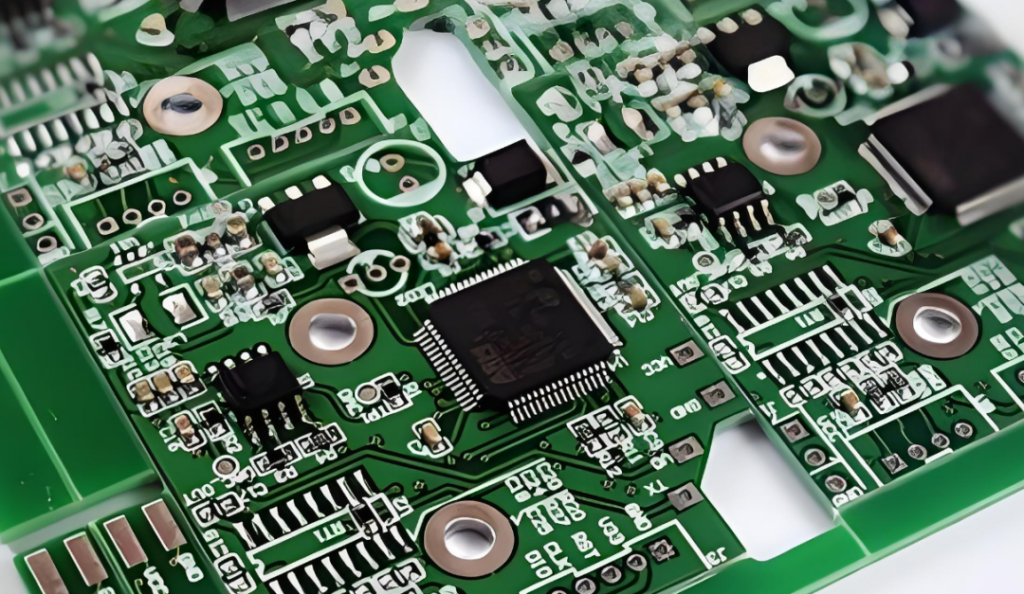Printed Circuit Board (PCB) is an important electronic component, which is the support for electronic components and the provider of electrical connections for electronic components. It is called a “printed” circuit board because it is electronically printed. PCB designers consider a variety of factors in their projects, and it is important to determine which PCB connectors to choose for the PCB, and to select the connector termination method.
I. Through Hole Technology (THT)
The traditional soldering technique THT has been proven over decades to ensure the highest level of mechanical stability and safety. The soldering pins of the PCB connectors are inserted into through-hole PCB holes. They can be soldered to other components by wave soldering or hand soldering. They can be soldered to other components by wave soldering or by hand. As the PCB connector tail runs through the circuit board, this provides the component with additional strength, especially resistance to lateral forces. This provides the connector with a very reliable and strong joint, making it the first choice for avionics, military, space and other safety or mission critical applications.
The main disadvantage of THT is that the components have leads, and when the circuit is densely packed to a certain extent, it is impossible to solve the problem of reducing the size. At the same time, it is difficult to eliminate the faults caused by the proximity of the THT connector leads to each other and the interference caused by the length of the leads.The high temperature of the THT connector when soldering can lead to the damage of some of the components.
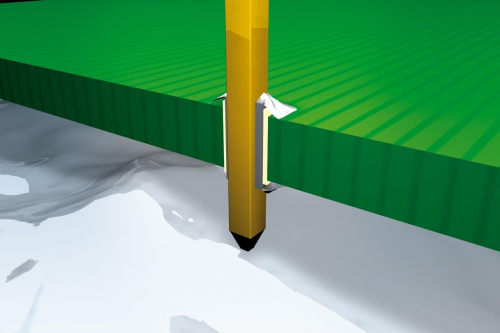
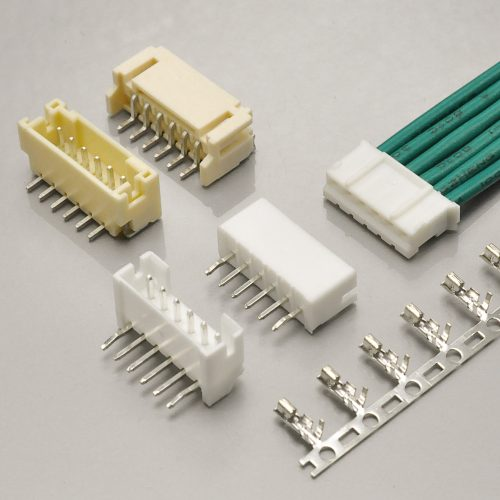
The KR2001 is suitable for solder termination connections of PCBs in THT technology.
Ⅱ. Surface Mount Termination (SMT)
SMT is the technology for mounting electronic components directly onto the surface of a PCB. SMT is the basis for modern component production. These surface-mounted assemblies (Surface Mount Devices – SMD) have a solderable connection surface and are soldered directly to the top of the PCB by means of a reflow soldering process. SMT connector soldering technology is not only cost-effective, but also results in high-quality PCB assemblies and can therefore be optimised for the production of SMT connector assemblies.
Compared with THT, SMT connectors do not require drilling holes on the PCB, thus saving space and increasing the density of the assembly. Although THT has a stable and reliable connection, it is gradually replaced by SMT connectors due to its lower production efficiency and occupies more PCB space. However, in some specific application scenarios, such as products requiring high mechanical strength, THT still has its irreplaceable advantages.
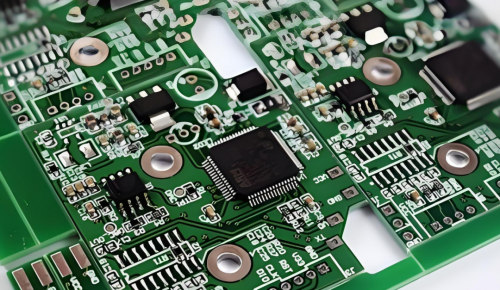
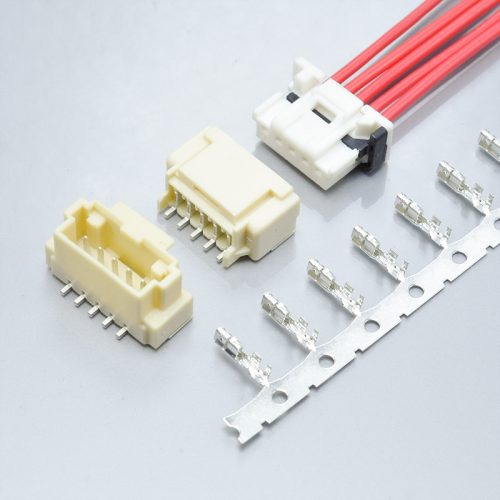
The KR2017 is lightweight and compact for SMT placement.
III. Press-fit Termination
Press-fit Termination is a technical means of making a solid connection by applying precise pressure to the area of contact between the wire and the terminal, causing it to deform and fit tightly. In particular, the Press-Fit connector’s crimp termination method, as a termination technique that eliminates the need for soldering, dates back to AMP’s innovation in 1941, and represents a rare and unique method in the field of connector assembly, which is not available for all types of connectors.
Press-Fit connectors are specifically designed with flexible elements that are carefully constructed to fit and insert into plated through holes in the PCB. During insertion, the flexible element experiences slight compression or “collapse”, but the design ensures that even under compression, it maintains strong spring tension, which in turn maintains a highly airtight connection to the plated through-hole, which is critical to the stable operation of the circuit.
The benefits are obvious, Press-Fit connectors require no soldering and simply plug into the connector to make an electrical connection. Eliminating soldering also protects heat-sensitive components from possible damage and reduces assembly costs. The disadvantages are that the unit cost of the part is slightly higher than SMT, and specific tools are required for the press-fit process.
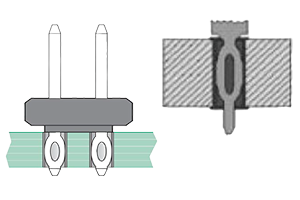
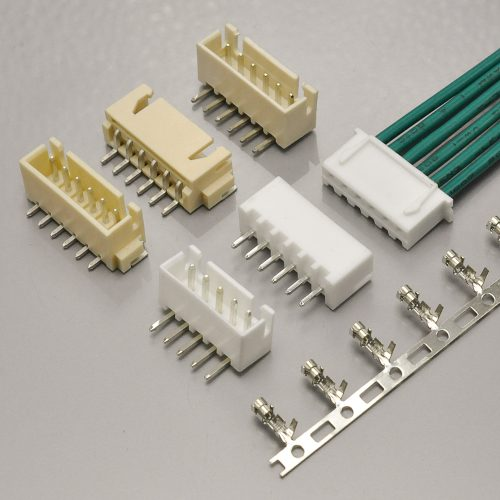
KR2501 for applications with PCB crimping
Whilst THT termination is rarely seen in the mainstream of the market, there are still many valid uses for this method and it remains the most reliable termination method. Termination methods should be considered not only in terms of project availability, but also in terms of throughput. Both SMT connectors and Press-Fit connectors have their own uses, and the processes are well established in the current market.
You need to decide which technology to use at an early stage of your conceptual design, which will influence your choice of connectors and other equipment. KONNRA Connectors will not only provide you with the right connector, but also the right connector solution for your project.
